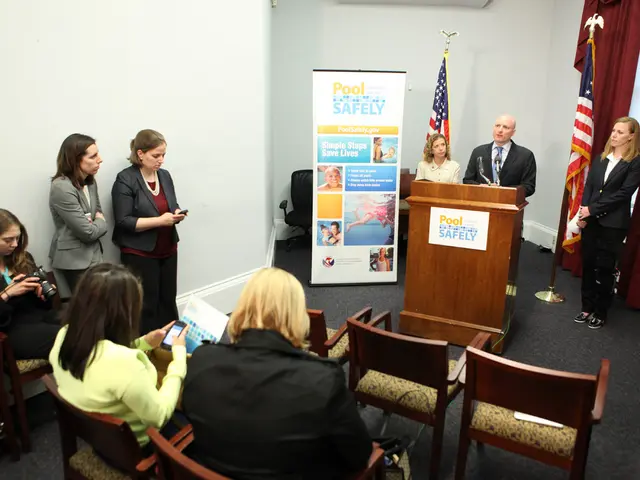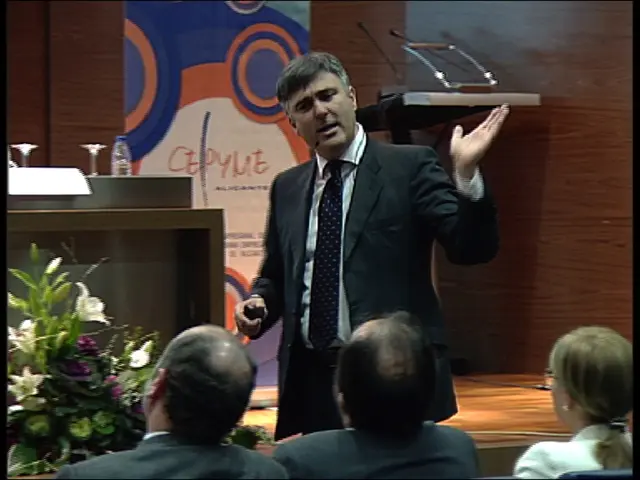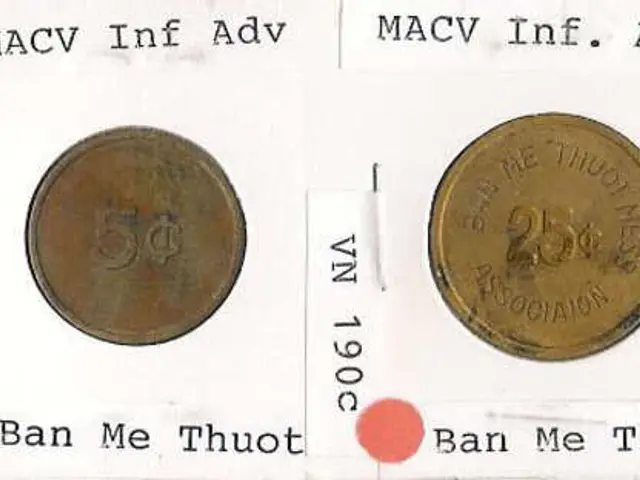SpaceX's Starship Flight 10 successful in initial Starlink 'dispenser' deployment test
On August 26, 2020, SpaceX's Starship embarked on its tenth flight test, marking a significant milestone in the company's ambitious space exploration plans. The launch, which took place at 7:30 p.m. ET/4:30 p.m. PT from Starbase, Texas, saw the rocket soaring into space for the first time with its upper stage achieving a planned suborbital trajectory.
The launch was historic as Super Heavy, the massive booster responsible for propelling Starship into space, ignited all 33 Raptor engines. After stage separation, the booster performed a boostback burn before splashing down into the Gulf of Mexico.
During the flight, Starship experienced its second in-space Raptor relight, a crucial step towards the rocket's reusability. The vehicle's heatshield and structural limits were intentionally tested during reentry, providing valuable data for future improvements.
The mission faced multiple delays after initially being scheduled for August 24. The prototype originally slated for the mission, Ship 36, exploded during a static fire test in June, necessitating the use of a replacement vehicle. After weeks of investigation and preparation, the replacement vehicle was cleared for launch.
Starship completed its first successful payload delivery demonstration by deploying eight Starlink satellite simulators. The booster demonstrated engine redundancy during its landing burn, a testament to the robustness of the Raptor engine technology.
However, the rocket survived atmospheric reentry but suffered a post-landing explosion. SpaceX declared the mission a success after meeting all major objectives.
Looking ahead, SpaceX's engineering team, under the direction of Elon Musk, is leading the design and development of the improved V3 and V4 versions of Starship. These versions will feature incremental advancements based on iterative flight test data and technical refinements at Starbase in Texas.
The Starship V3 is expected to roll out of testing by the end of this year. Meanwhile, a longer, more powerful Starship V4 with 42 Raptor engines is targeted to fly in 2027. With heavy flight activity for Starship anticipated in 2026, the future of space travel with SpaceX's Starship is shaping up to be an exciting prospect.
Read also:
- Peptide YY (PYY): Exploring its Role in Appetite Suppression, Intestinal Health, and Cognitive Links
- Toddler Health: Rotavirus Signs, Origins, and Potential Complications
- Digestive issues and heart discomfort: Root causes and associated health conditions
- House Infernos: Deadly Hazards Surpassing the Flames








